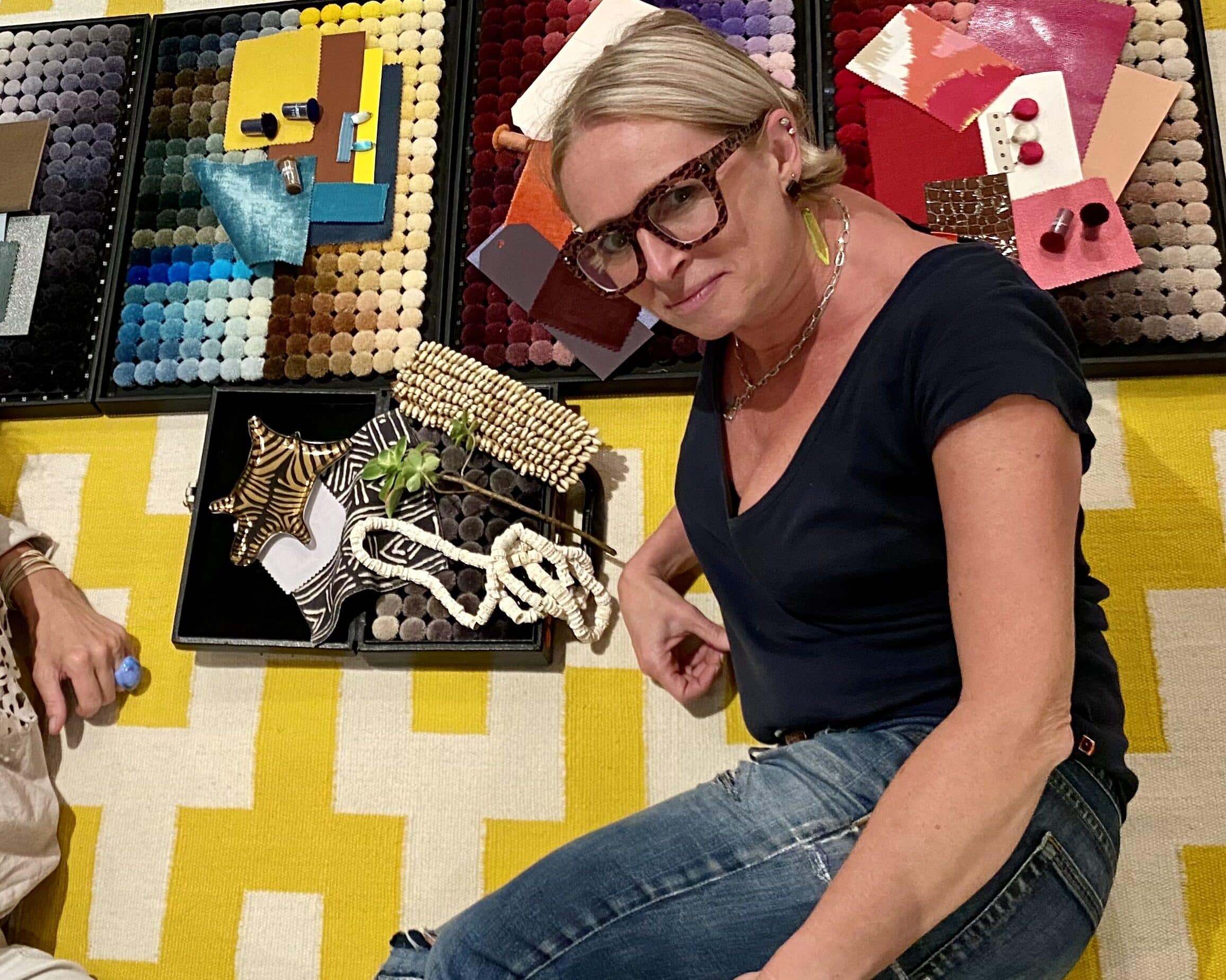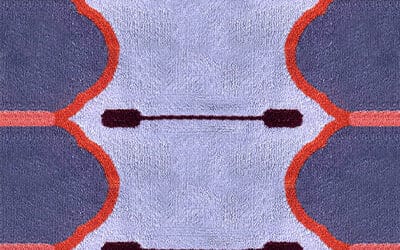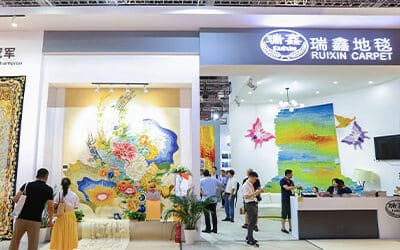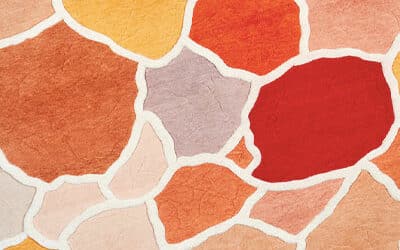Naomi Scott-Dunne became an interior designer seven years ago, after a career working around the world for the United Nations. Having been based in multiple locations including the UK, Africa, New York and now in Copenhagen, she has a global overview of interior design. Specialising in colour psychology, and a member of the MC&Co Trend’s analysis team, Scott-Dunne here discusses her love of rugs and the latest interior trends with Lucy Upward.
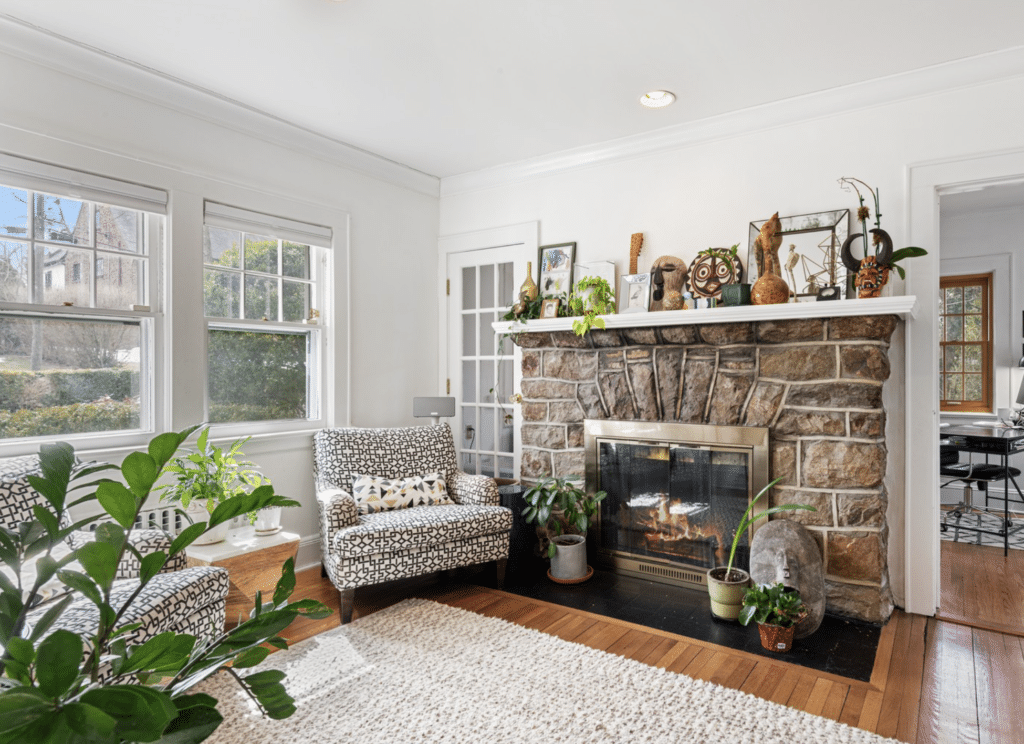
Having lived in many countries across the globe, do you see interior design being driven by an international style or is it more about more localised traditions?
Indisputably, platforms such as Instagram and Pinterest drive trends, and maybe the ‘international style’ we are seeing shows a lack of confidence to make one’s personal mark on a space. I consider myself a creative pragmatist, and as such I want my home to reflect my personality—it’s all about my journey, my experiences, how I want to feel in the space and not forgetting how my home will make others feel.
Interiors need a narrative, to be contextual, should create a sensory experience while feeling unique and welcoming. Refreshingly, at Maison et Objet in January there was an influx of colour coupled with playful elements. Let’s hope these filter down and people begin to reflect their own personalities within their homes.
What colours do you feel are important for interiors today?
Using colour in an interior totally sets the stage for how you want to feel within a space. Now that wellness is on everyone’s lips, there is more of an acceptance to embrace green hues into our spaces. As with every hue, some green tones can be quite draining and can cause anxiety and depression. This is where understanding the concepts of colour psychology comes into its own.
Regarding emerging colours, last year we saw warm terracotta and ochre shades re-emerging, losing their 1970s image, and I feel that this will evolve into richer polychromatic browns. Certainly, in fashion, brown seems to be the new black. Brown hues are rich in history, and evoke feelings of warmth, indulgence, security. It’s an organic colour and feels comfortingly wholesome.
Is there a current interior trend that you are really drawn to? Undoubtedly the vintage maximalist trend resonates with me. I should have been born in another century as I certainly find solace in vintage and antique textiles and objects—my home is a bit like a ‘history of styles’ lecture. It’s important for me that design has a narrative, and through that narrative we can craft our own spaces, and create somewhere that is steeped in intrigue and nostalgia; a kind of escapism I guess. This trend is very popular with Generation Z , who want to feel connected to their heritage, be reflective of who they are now.
Do you think rugs is an area in interior design that is often given too little attention?
Rugs offer a sensory experience, and I’m often surprised that clients think they can just buy any rug and incorporate it into a design. Rugs do tend to be overlooked, and not given sufficient respect.
I have learned so much from the rug showrooms where I have accounts—and there is so much to learn about rugs. In the US, rug showrooms offer CEUs [Continuing Education Units] and these convey so much information to designers which can be relayed to their clients. I would love to be involved in this aspect of educating people about rugs, as I do believe the rug industry isn’t given the attention it deserves.
I enjoy working with clients who collect Persian rugs, and I particularly relished one of my Kenyan projects, where I layered antique Persian rugs creating a truly magical tapestry of silk and kurk wool.
What rug brands or types of rug do you like to use in your own home or other people’s? The integrity of a rug is paramount: I need to ensure that any rug I specify has been produced by craftsmen and women who earn fair wages, have good working and living conditions, and be guaranteed that production is eco-friendly and that no child labour was used in the making of the rugs. Here is where the GoodWeave label gives us that reassurance.
Rug showrooms can be daunting, but some of my favourite ones include Stark Carpets, The Rug Company and ABC Carpet & Home.
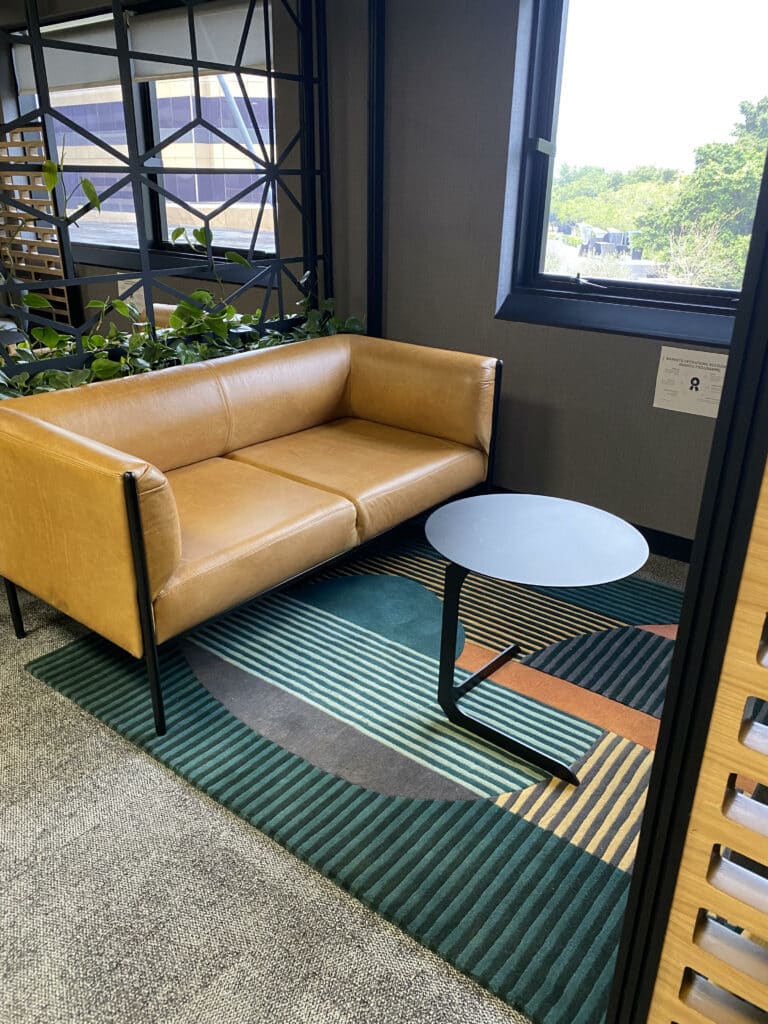
Do you see sustainability playing a bigger part in interior design?
The pathway towards a more sustainable future is now much clearer and more achievable today than it was a decade ago. I recently wrote a piece for a South African lifestyle blog about slow design, and it got quite a lot of traction. There is undoubtedly an appetite to protect our planet, and as designers, we can educate clients about sustainable materials, protecting natural habitats and reducing the carbon footprint.
Specified materials such as bamboo, recycled marble residue, cork, recycled wood and metal, and of course wool, to name just a few, are now being crafted into exciting and innovative new materials which can be used throughout the built environment. Education is key, and there is no true sustainability without circularity.
I’m happy to see design studios such as Tom Dixon, Herman Miller, HAY and House of Hackney taking bold steps in the circularity movement and in turn enlightening the end user in making educated design decisions. Recycled furniture doesn’t mean low-cost furniture. High-end second-hand online marketplaces—some favourites of mine are 1stDibs, Chairish and Vinterior—offer one-of-a-kind pieces, adding some history and intrigue to any scheme.
What trends do you think we should look out for, for 2024 and beyond?
Until now, wellness design and wellbeing were exclusive to the wealthy, but we are beginning to see more emphasis being put on their importance in all environments. Mental health, stress and insomnia are now publicly acknowledged and interior designers can play a huge role in helping create environments which address these.
Wellbeing shouldn’t be considered a luxury, and there are so many wellness and wellbeing enhancements which can impact our home and work environments and help improve people’s comfort and wellbeing, and in turn allow them to reassess their work/life balance. Sensory and mood-enhancing experiences will become more commonplace. I really believe, and hope, that leveraging wellness design can profoundly affect the future of interior design and our lives in general.
